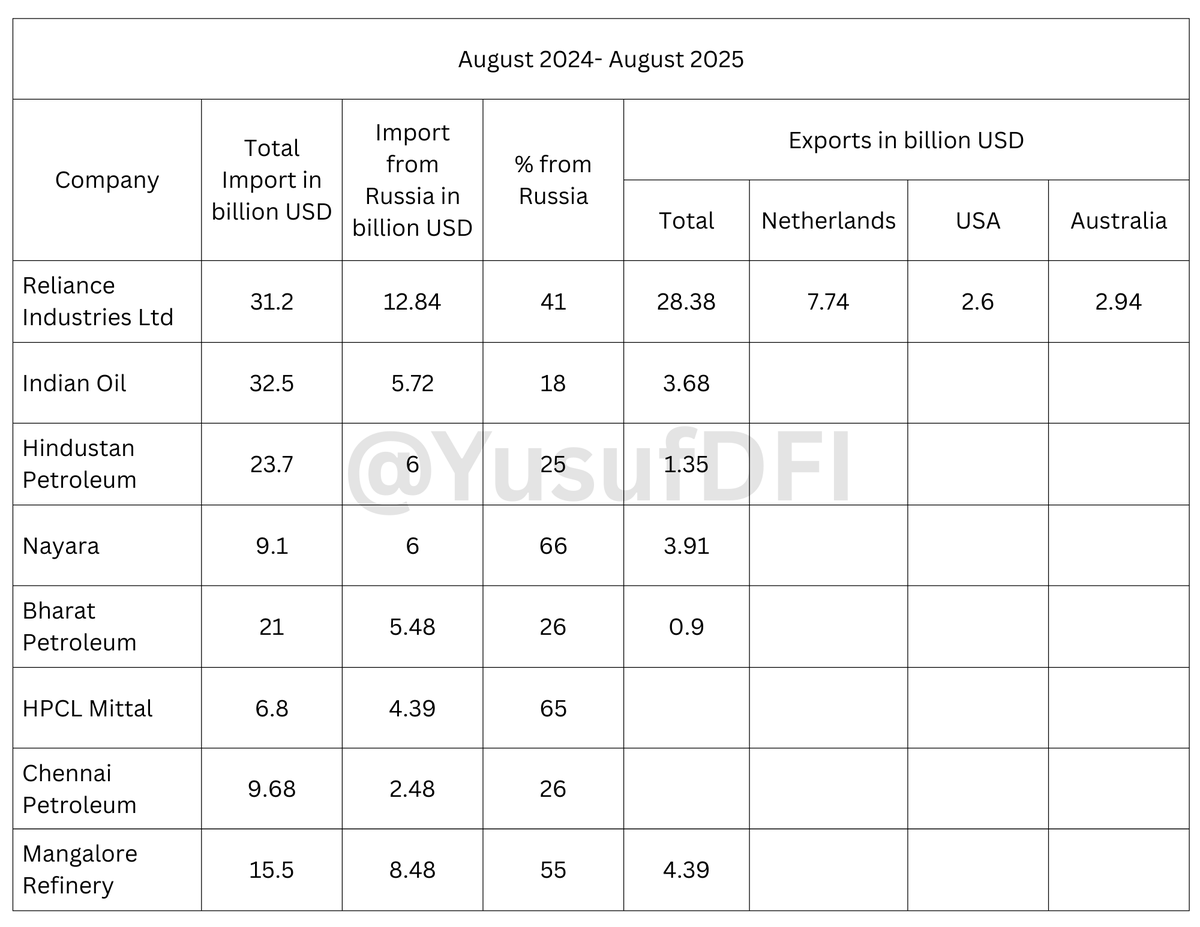Over 10,000 Indians, entities from politics to business, judiciary to media, even crime-accused, tracked by big-data firm linked to Chinese govt. indianexpress.com/article/expres…
The goal of mining data to push what it [Chinese co] calls “hybrid warfare” — using non-military tools to achieve dominance or damage, subvert or influence. These tools include, in its own words, “information pollution, perception management & propaganda.” indianexpress.com/article/expres…
Beijing's mass surveillance of Australia and the world for secrets and scandal. 2.4 million names and profiles are on the database, including more than 35,000 Australians. It collates Twitter, Facebook, LinkedIn, Instagram and even TikTok accounts abc.net.au/news/2020-09-1…
Only 10% of the names in the list have been recovered so far. Of the 250,000 records recovered, there are 52,000 Americans, 35,000 Australians, 10,000 Indian, 9,700 British, 5,000 Canadians. So the number of Indians under Chinese surveillance will go up. abc.net.au/news/2020-09-1…
Foreign Sec, Niti Aayog CEO, think tanks, serving & retired diplomats, media, scholars, influencers on the list of China’s data gathering from social media indianexpress.com/article/expres…
• • •
Missing some Tweet in this thread? You can try to
force a refresh





